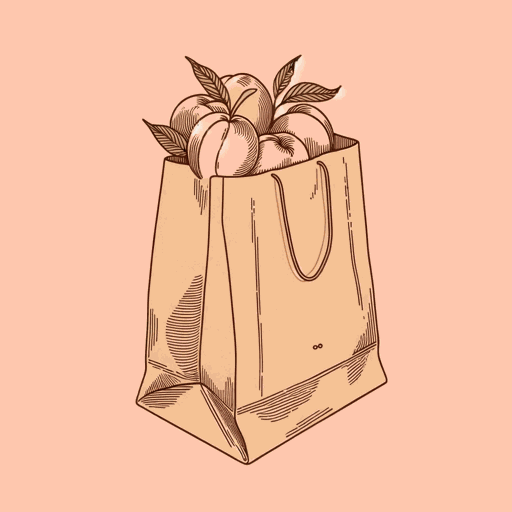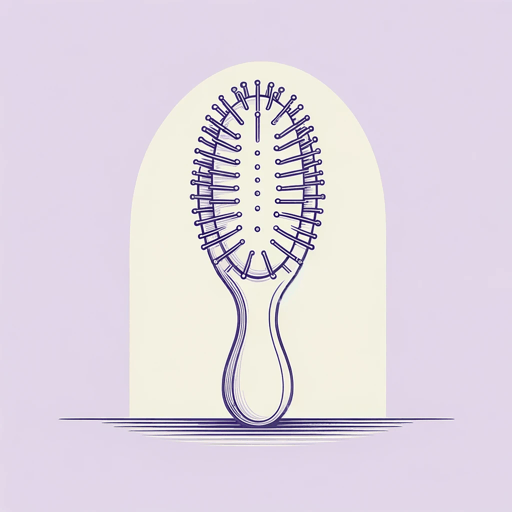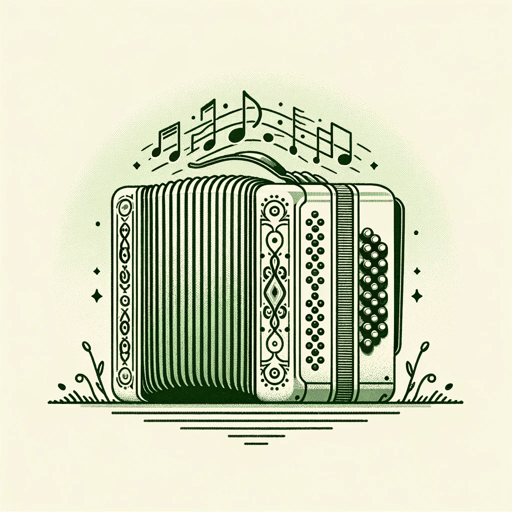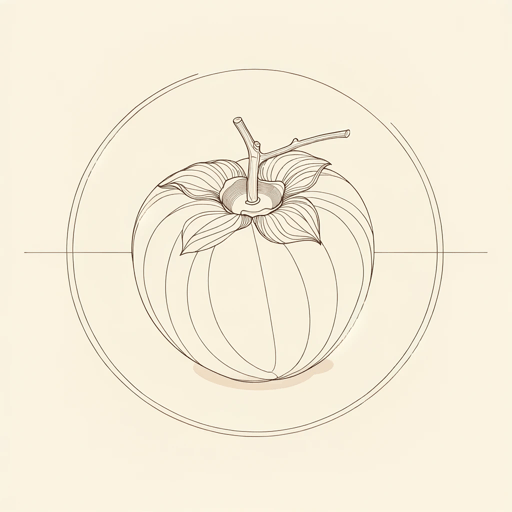18 pages • 36 minutes read
Li-Young LeeFrom Blossoms
Fiction | Poem | Adult | Published in 1986A modern alternative to SparkNotes and CliffsNotes, SuperSummary offers high-quality Study Guides with detailed chapter summaries and analysis of major themes, characters, and more.
Literary Devices
Form and Meter
Lee wrote “From Blossoms” in unrhymed free verse, a style shared by one of his literary models, Walt Whitman. Unlike Whitman’s long, extended lines, though, Lee favors the more frequent line breaks of American modernists like William Carlos Williams. Each stanza of five or six lines is comprised of a single sentence. Rather than using regular iambics (an unstressed followed by a stressed syllable), Lee relies on a more flowing, falling cadence whose effect depends largely on the frequent trochaic rhythms—a stressed followed by an unstressed syllable—of words like “blossoms,” “peaches,” “laden,” and “nectar.”
Alliteration
While metrically irregular, “From Blossoms” produces a sense of musical patterns through alliteration, or the repetition of consonants. Alliteration is particularly apparent in the opening stanza with its abundant plosive consonants like “p” and “b” in phrases like “brown paper bag of peaches” (Line 2) and “bought from the boy” (Line 3) and in the second stanza’s dental consonants such as “d” in phrases like “peaches we devour, dusty skin and all” (Line 9). Like the alliterative, repetitive phrasing in final lines like “joy to joy” (Line 20) and “from blossom to blossom” (Line 21), such musical patterns convey a sense of linkage and connection.
Related Titles
By Li-Young Lee
Featured Collections
American Literature
View Collection
Asian American & Pacific Islander...
View Collection
Earth Day
View Collection
Family
View Collection
Nostalgic Poems
View Collection
Poetry: Family & Home
View Collection
Poetry: Food & Drink
View Collection
Poetry: Perseverance
View Collection
School Book List Titles
View Collection
Short Poems
View Collection
Valentine's Day Reads: The Theme of Love
View Collection






